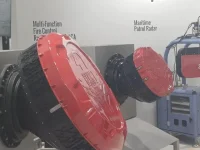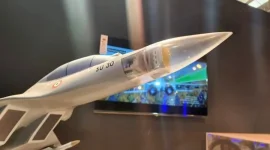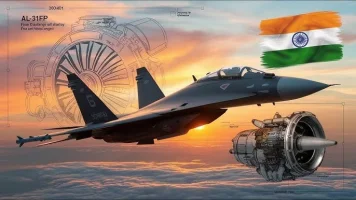- Views: 5K
- Replies: 25

India's Defence Research and Development Organisation (DRDO) has announced a major advancement in radar technology for its Su-30MKI fighter jets. The design phase for the new Virupaksha Active Electronically Scanned Array (AESA) Radar is complete, with the project now moving into the sub-system realization phase.
This crucial step involves the development and testing of individual components before the first prototype is built. DRDO officials have confirmed that ground-based testing will be conducted first, followed by rigorous in-flight trials.
The Virupaksha radar is a game-changer for the Indian Air Force (IAF), offering a significant upgrade over existing radar systems. What sets it apart is the use of Gallium Nitride (GaN) technology in its Transmit/Receive Modules (TRM). GaN offers superior efficiency and power handling compared to traditional materials, translating to a more powerful and reliable radar.
With a large 950 mm diameter antenna and approximately 2400 GaN-powered TRMs, the Virupaksha radar is expected to achieve detection ranges of 300-400 km for fighter-sized targets.
This extended range will significantly enhance the Su-30MKI's situational awareness and combat capabilities. Pilots will be able to detect and track enemy aircraft at much greater distances, giving them a tactical advantage in aerial engagements. The radar's advanced capabilities will also improve the Su-30MKI's performance in air-to-ground missions, enabling more precise targeting.
The Virupaksha radar is a key component of the Super-30 upgrade program, which aims to modernize 84 Su-30MKI aircraft operated by the IAF. These upgrades are being carried out by Hindustan Aeronautics Limited (HAL). By incorporating this advanced radar technology, the IAF aims to ensure its Su-30MKI fleet remains a potent force for years to come.
According to DRDO officials, the Virupaksha AESA Radar is progressing as planned, with in-flight developmental trials expected to commence around 2028. This timeline allows ample time for the completion of ground-based testing and the seamless integration of the radar onto the Su-30MKI platform.



